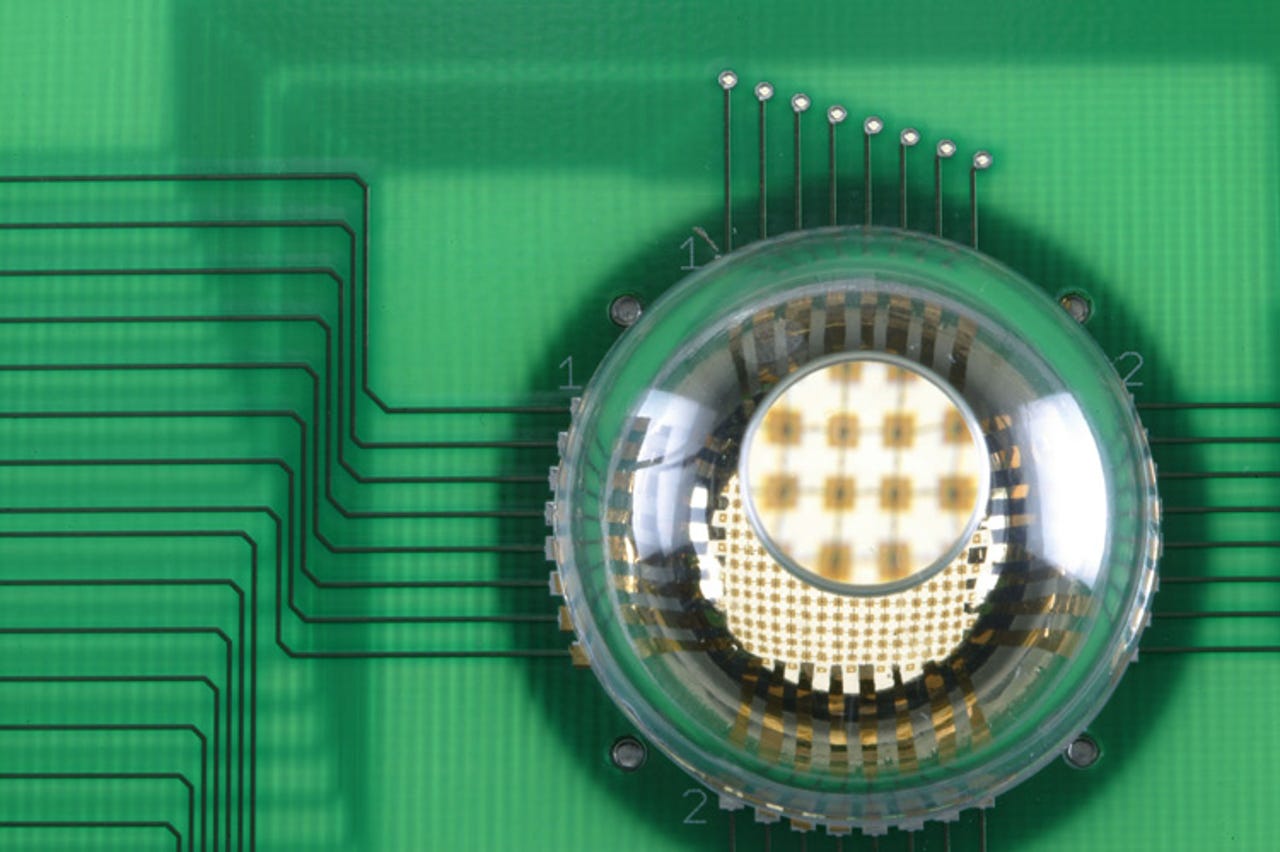Gallery: Scientists develop eye-shaped camera


The curved technology will put an entire image in focus in contrast to today's cameras which take images that are sharper in the center than near the edges, according to researchers. Plus, the technology could be a big step toward the development of a bionic eye similar to the one worn by the "Terminator."
Credit: Beckman Institute, University of IllinoisCredit: Beckman Institute, University of Illinois
Credit: Beckman Institute, University of Illinois
Beckman Institute, University of Illinois
Beckman Institute, University of Illinois
Credit: Northwestern University and University of Illinois
Credit: John Rogers
Credit: John Rogers
One of the developers, John Rogers of the University of Illinois at Urbana-Champaign.
The other leader of the project is Yonggang Huang of Northwestern University.
Credit: L. Brian Stauffer